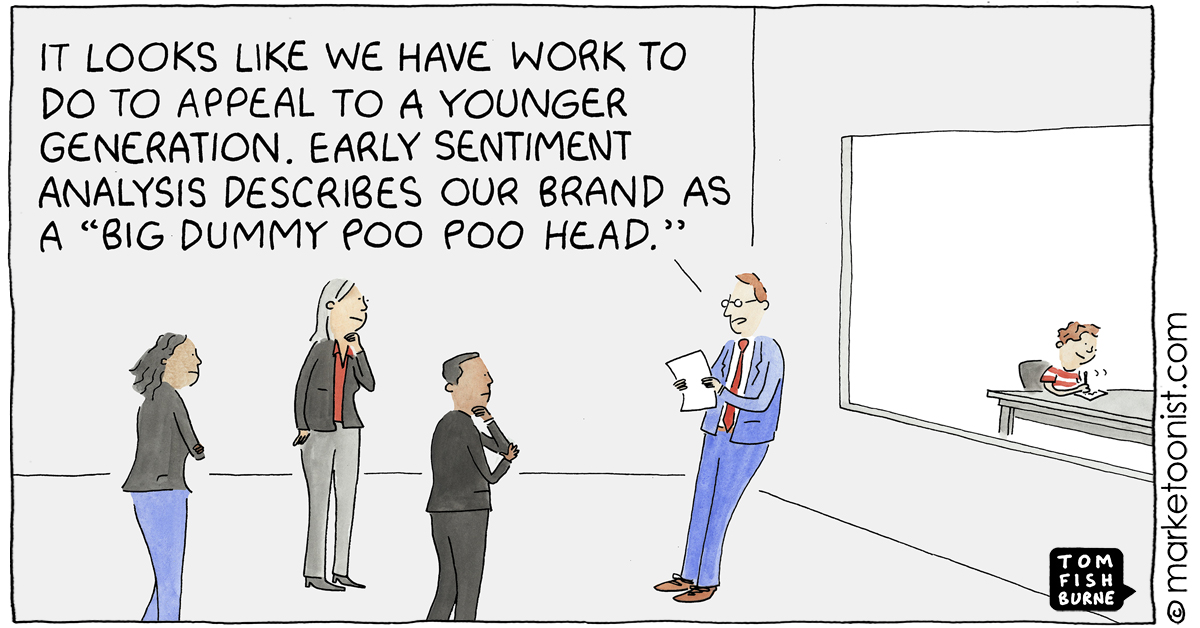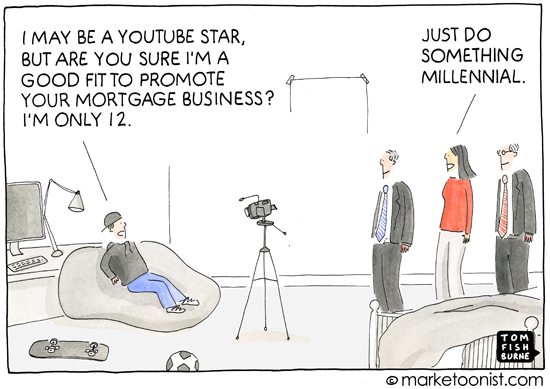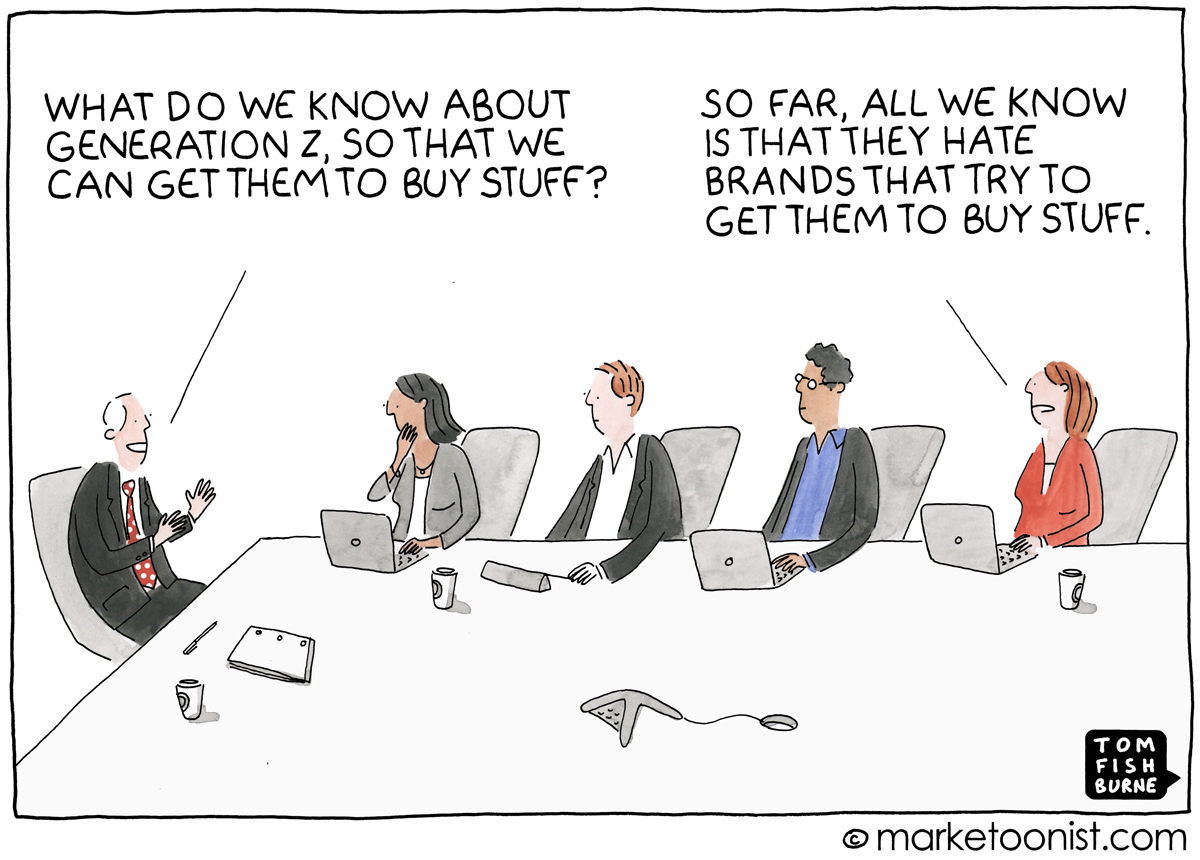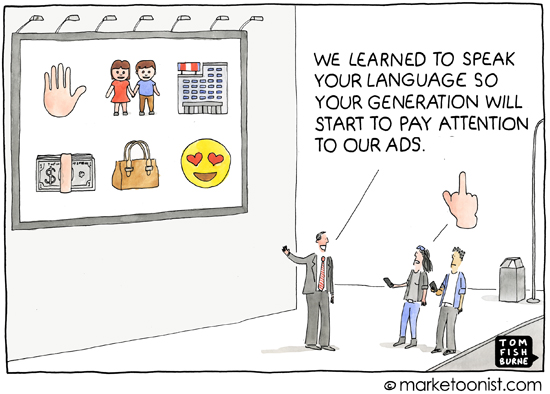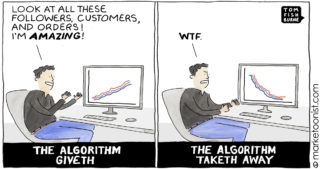Nike CEO John Donahoe recently gushed about Generation Alpha, the under 12 demographic that comes after Gen Z:
“The way most companies look at consumers is ‘well, who’s got disposable income?’ We don’t look at it that way. We look at, who is setting the agenda? Who is the future?”
Many marketers are starting to jump on the Gen Alpha bandwagon. McCrindle Research in Australia coined the Gen Alpha name in 2009 to describe the generation born between 2010 and 2025. As the oldest Gen Alpha approaches their teenage years, marketers far beyond Nike are starting to ramp up their focus on understanding the tastes and habits of this shiniest, newest generation.
Marketers are often guilty of treating generations as monoliths, and descriptions of Gen Alpha are often filled with hyperbole that it will be the most influential, the most authentic, the most digital savvy generation ever. And of course marketers are predicting that Gen Alpha will all live in the metaverse.
Meanwhile, contrary John Donahoe’s claim, marketers often don’t pay attention to the consumers who actually have disposable income. One study found that consumers over 55 have 70% of US disposable income, yet only 5% of advertising spend is geared toward this age group.
As Ryan Wallman quipped:
“Marketers will continue to ignore all consumers over the age of 35, unless someone discovers a way to put these consumers on the blockchain.“
Too much of generational marketing is a herd effect. Genuine consumer insights run deeper than age brackets.
Here are a few related cartoons I’ve drawn over the years:
